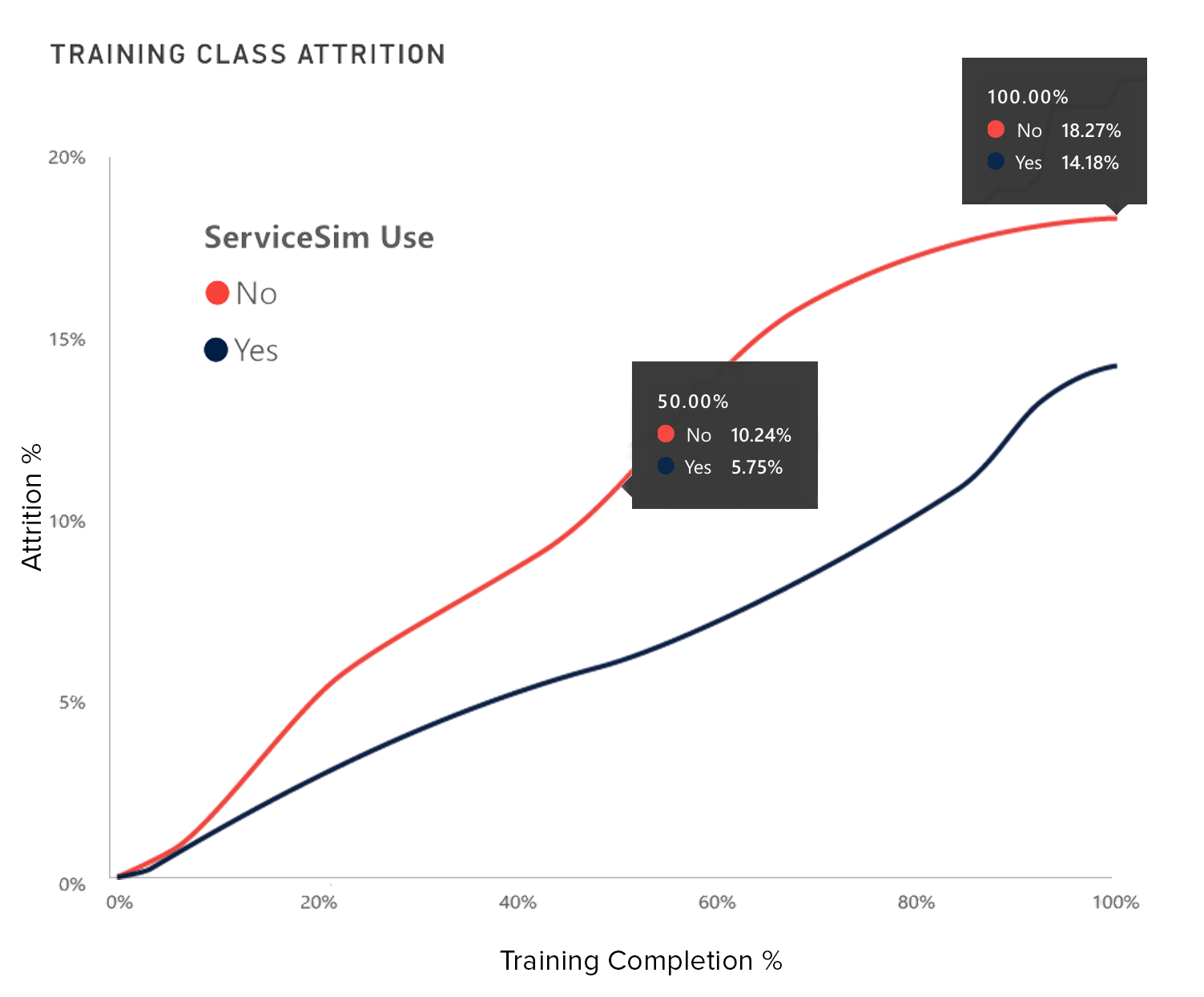Agent retention is a critical challenge in many industries, but especially so in customer service and support. High turnover rates can be costly for companies, both in terms of training new hires and in the potential loss of institutional knowledge and customer satisfaction. As the workplace becomes more data-driven, advanced analytics is emerging as a key tool in understanding and improving agent retention. In this blog post, we’ll explore how companies can leverage analytics to not only reduce agent attrition but also foster a more engaged, successful workforce.
The Importance of Agent Retention and the Role of Data
Agent retention has far-reaching implications. High turnover disrupts operations, increases recruiting costs, and negatively impacts team morale. It can also erode customer satisfaction, as constant changes in personnel may affect service consistency and quality. Therefore, creating a stable, motivated workforce is not just a cost-saving measure but a competitive advantage.
However, traditional retention strategies—like improving compensation or offering more benefits—don’t always address the root causes of why agents leave. This is where data comes in. Analytics can uncover patterns that aren’t immediately obvious, giving businesses a deeper understanding of the factors that drive attrition. With the right tools and approach, organizations can move from reactive to proactive retention strategies, reducing churn and improving the overall agent experience.
Analyzing Attrition with Advanced Analytics
Advanced analytics can significantly enhance the understanding of why agents leave by identifying key trends and patterns within the workforce. For example, by analyzing training data, companies can discover how an agent’s initial experience in the organization may influence their longevity.
Here’s how analytics can be applied to various aspects of agent onboarding and training:
- Training Progress Monitoring: Analytics can track how agents progress through training programs, highlighting areas where they excel or struggle. For instance, if certain modules consistently result in lower test scores or slower completion times, this could indicate that the material is either too difficult or not effectively presented.
- Skill Absorption Metrics: Post-training performance can also be analyzed to see how well agents are applying what they’ve learned. Are there correlations between specific training paths and early turnover? Are agents who score highly in initial assessments more likely to stay longer? By understanding how training correlates with retention, companies can refine their programs to improve agent success.
- Training Effectiveness: Beyond individual agent performance, companies can use data to evaluate the overall effectiveness of their training curriculum. If agents frequently leave within the first few months, it might indicate that the training is not adequately preparing them for the real demands of the job. Analytics can reveal whether certain teams, shifts, or job roles have higher attrition rates, allowing leaders to make targeted improvements.
Through predictive modeling, organizations can also forecast which agents are most at risk of leaving. By integrating various data points—such as performance reviews, absenteeism, engagement surveys, and even time spent in training—companies can build models that predict turnover and take preemptive action.
Actionable Insights: Data-Driven Retention Strategies
Once an organization identifies the patterns contributing to agent turnover, it can implement targeted strategies to improve retention. Data-driven insights make these interventions more precise and effective.
Download Now: Your Roadmap to Successful AI Implementations in the Contact Center
Here are some strategies for leveraging analytics in retention efforts:
- Personalized Coaching and Development: Analytics can help managers identify areas where agents may need additional coaching or support. For example, if data shows that agents who score lower on customer satisfaction metrics are more likely to leave, targeted coaching sessions can be introduced early to help these employees improve and feel more confident in their roles.
- Tailored Training Programs: Instead of a one-size-fits-all approach, analytics can be used to customize training based on individual agent needs. If the data indicates that certain agents struggle with specific tasks, those agents can receive additional training, reducing their frustration and increasing their likelihood of success.
- Feedback Loops and Continuous Improvement: Analytics doesn’t stop at onboarding. Regularly analyzing performance data can help organizations stay ahead of problems before they become attrition risks. Continuous feedback loops, where agents are asked for input on their training and job experience, allow companies to make iterative improvements to both training programs and working conditions.
- Job Fit and Role Alignment: Using predictive analytics, companies can match agents with roles that align with their strengths and preferences. For example, if data shows that agents who prefer multitasking are more successful in certain roles, managers can assign agents accordingly, leading to better job satisfaction and lower turnover.
The Future of Analytics in Workforce Management and Agent Retention
The future of workforce management lies in the deeper integration of analytics into every stage of the employee lifecycle. As companies continue to harness the power of data, retention strategies will become more personalized, dynamic, and predictive. With machine learning and AI becoming more advanced, organizations will be able to predict not only who is likely to leave but also what specific actions will prevent that outcome.
In addition, the development of real-time analytics platforms will allow managers to make adjustments on the fly, responding to emerging trends in agent behavior and engagement. By keeping a close eye on these trends, companies will be better positioned to create work environments that agents are excited to stay in, driving both retention and overall organizational performance.
Agent retention is a complex issue, but advanced analytics offers a path forward. By using data to analyze training effectiveness, predict turnover risks, and implement targeted interventions, companies can improve agent retention and foster a more engaged workforce. As analytics tools continue to evolve, businesses that embrace data-driven decision-making will be well-positioned to build happier, more successful teams. In today’s competitive landscape, investing in analytics for agent retention is not just a smart move—it’s a necessity.
SUBSCRIBE FOR EMAIL UPDATES

